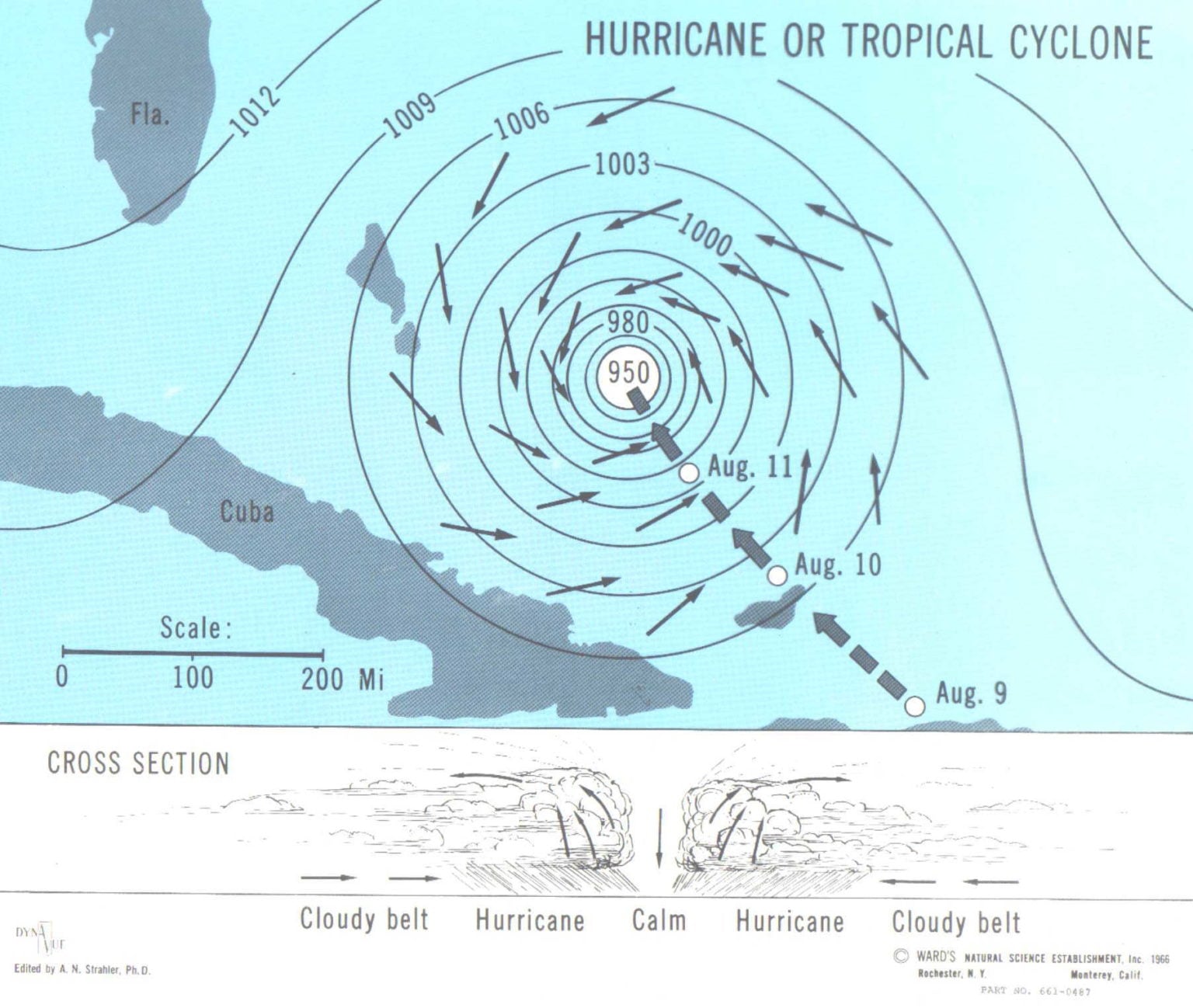
What are Tropical Cyclones and their characteristics? Geography4u read geography facts, maps
Here are the Tropical Cyclone Diagram given below: Tropical Cyclone Formation There are some necessary conditions that favour the formation and intensification of tropical storms are: A large area of the sea surface with a temperature greater than 27° C. Presence of Coriolis force. Variations in vertical wind speed are minor.
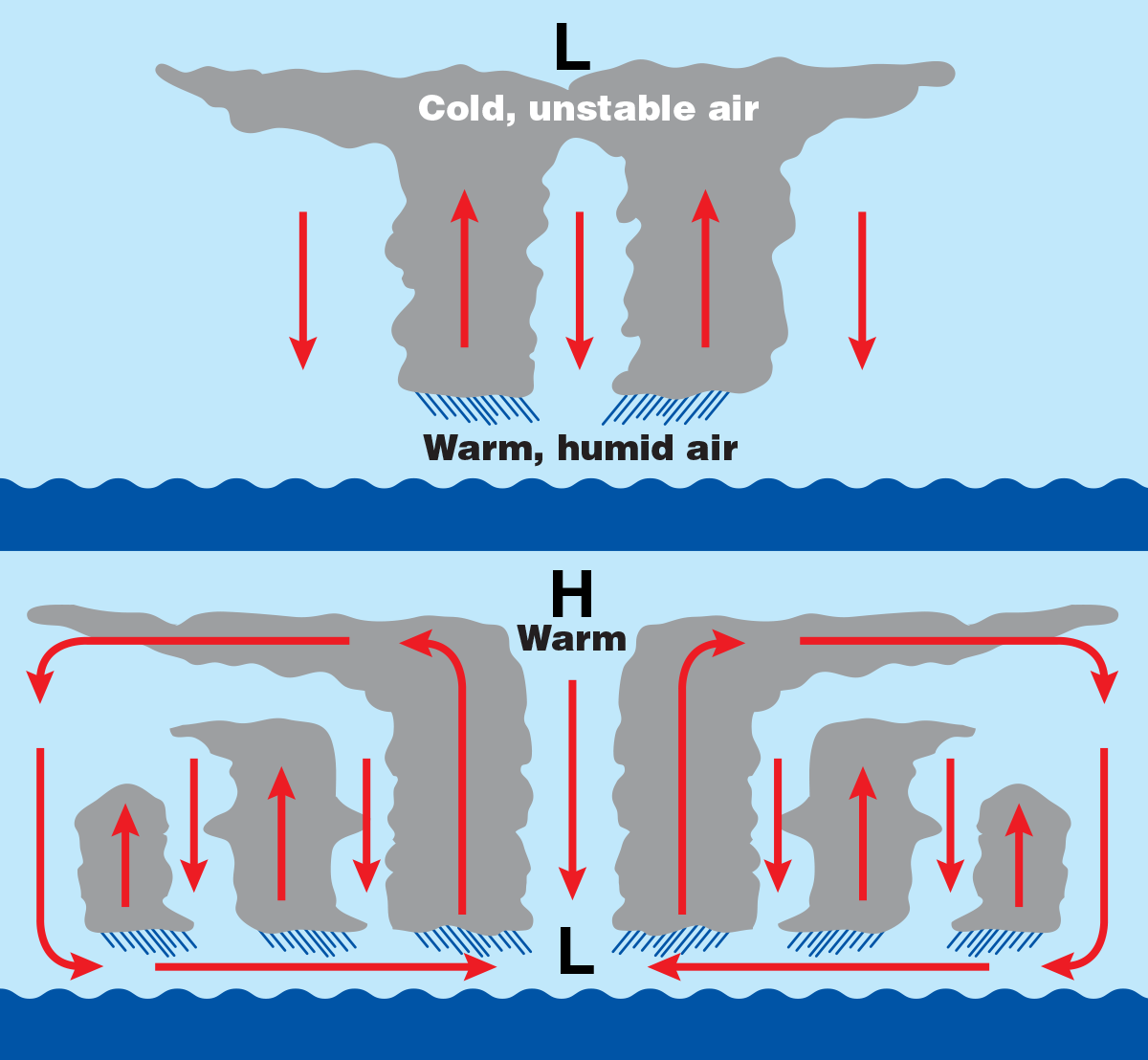
Paghahanda sa Bagyo Mga dapat at hindi dapat gawin bago, habang at pagkatapos ng Bagyo.
Tropical Cyclone Structure. The main parts of a tropical cyclone are the rainbands, the eye, and the eyewall. Air spirals in toward the center in a counter-clockwise pattern in the northern hemisphere (clockwise in the southern hemisphere) and out the top in the opposite direction. In the very center of the storm, air sinks, forming an "eye.

Tropical Storm Structure Geography
Tropical cyclone, typhoon or hurricane. The term "tropical cyclone" is a summary term. In various places tropical cyclones have other local names such as "hurricane" and "typhoon". A tropical cyclone that forms in the Atlantic Ocean is called a hurricane. The word hurricane is also used for those that form in the eastern, central and northern Pacific. In the western Pacific a tropical cyclone.
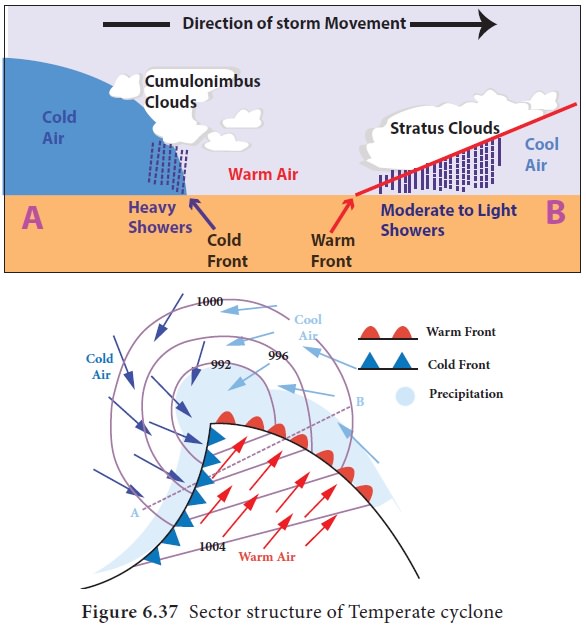
Atmospheric Disturbances (Cyclone and Anti Cyclone) Geography
Diagram of a tropical cyclone system Rising seas lead to storm surges As well as damaging winds, a tropical cyclone can cause the sea to rise well above normal tide levels when it comes ashore. These storm surges are caused by strong, onshore waves or reduced atmospheric pressure—or both.
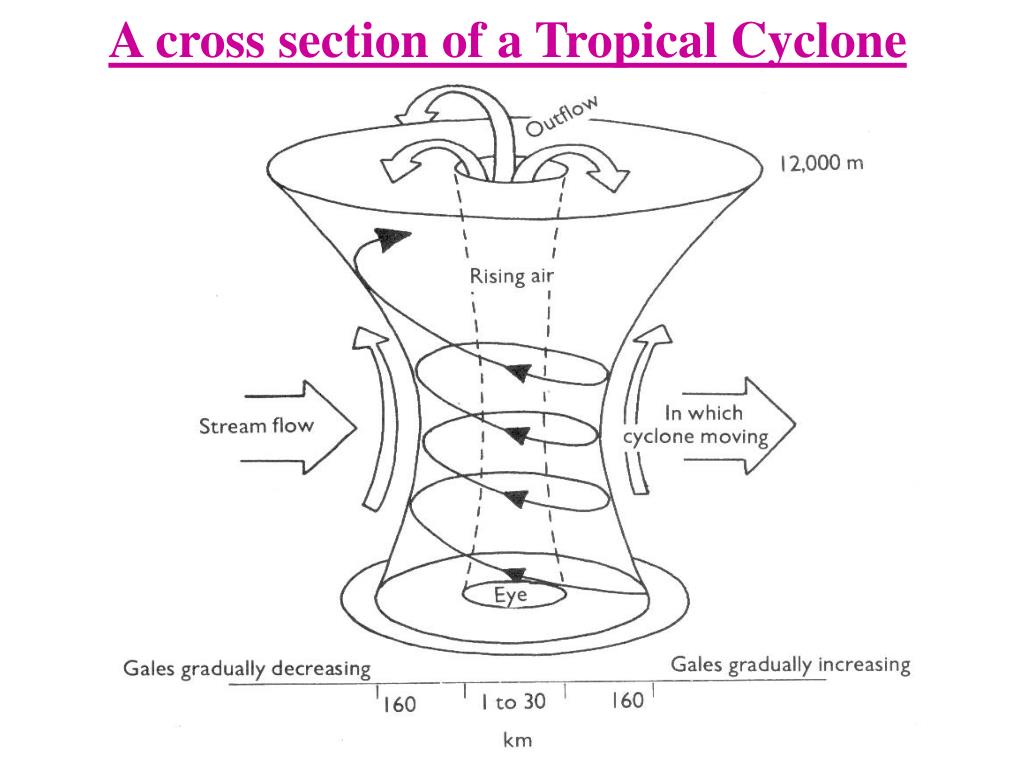
PPT WEATHER MAPS PowerPoint Presentation, free download ID7060658
tropical cyclone, an intense circular storm that originates over warm tropical oceans and is characterized by low atmospheric pressure, high winds, and heavy rain. Drawing energy from the sea surface and maintaining its strength as long as it remains over warm water, a tropical cyclone generates winds that exceed 119 km (74 miles) per hour.

tropical cyclone Kids Britannica Kids Homework Help
How Do Hurricanes Form? Hurricane Fran. Image made from GOES satellite data. Hurricanes are the most violent storms on Earth. People call these storms by other names, such as typhoons or cyclones, depending on where they occur. The scientific term for all these storms is tropical cyclone.

Tropical Cyclones 101 What Exactly Is A Tropical Cyclone? Weather.us Blog
Once the tropical cyclone reaches winds of at least 39 mph (63 km/h), they are typically called a "tropical storm" and assigned a name. If maximum sustained winds reach 74 mph (119 km/h), the cyclone is called: A hurricane in the North Atlantic Ocean, the Northeast Pacific Ocean east of the dateline, and the South Pacific Ocean east of 160°E.

CYCLONES in India Civilsdaily
A tropical cyclone is a rapidly rotating storm system characterized by a low-pressure center, a closed low-level atmospheric circulation, strong winds, and a spiral arrangement of thunderstorms that produce heavy rain and squalls.Depending on its location and strength, a tropical cyclone is referred to by different names, including hurricane (/ ˈ h ʌr ɪ k ən,-k eɪ n /), typhoon (/ t aɪ.

How To Draw Cyclone/Easy Cyclone Drawing/How To Draw Cyclone Easily/Ruks Art N Craft YouTube
Tropical Cyclone formation regions with mean tracks (courtesy of the NWS JetStream Online School) Atlantic and Eastern Pacific Hurricane Season Normal Activity. The Atlantic hurricane season runs from June 1 to November 30. The Atlantic basin includes the Atlantic Ocean, Caribbean Sea, and Gulf of Mexico. Based on a 30-year climate period from.

Extratropical Cyclone formation Climatology / Geography for UPSC, IAS, CDS, NDA, SSC CGL YouTube
Tropical cyclones are made of thunderstorms. Near the center ( core) of the tropical cyclone is a ring or circle of thunderstorms called the eyewall. This is the most violent part of the storm with the heaviest rain and the greatest radar reflectivity (Fig. 16.2). The tops of these thunderstorms can be in the lower stratosphere: 15 to 18 km high.
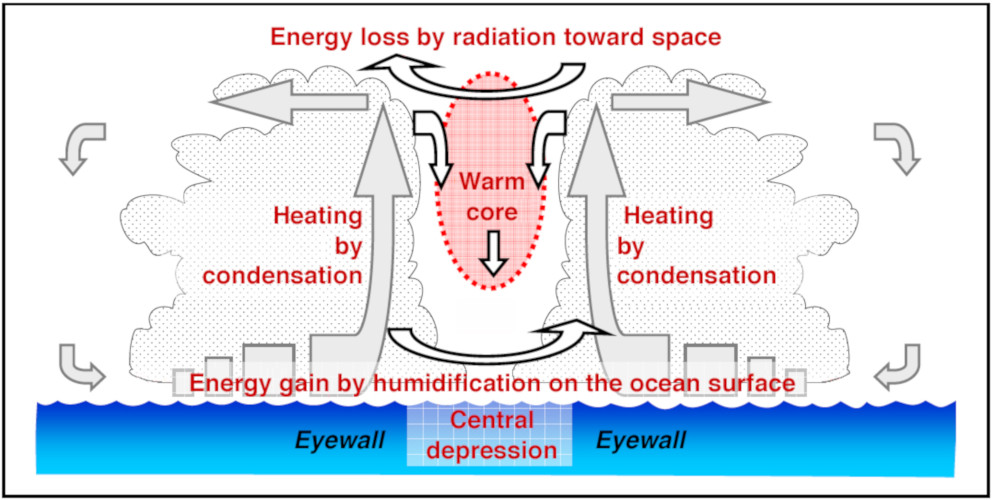
Tropical Cyclone Diagram
16.6.2. Tangential Velocity. To be classified as a tropical cyclone, the sustained winds (averaged over 1-minute) must be 33 m s -1 or greater near the surface. While most anemometers are unreliable at extreme wind speeds, maximum tropical cyclone winds have been reported in the 75 to 95 m s -1 range.. Figure 16.32 Maximum sustained winds around a tropical cyclone increase as sea-level.
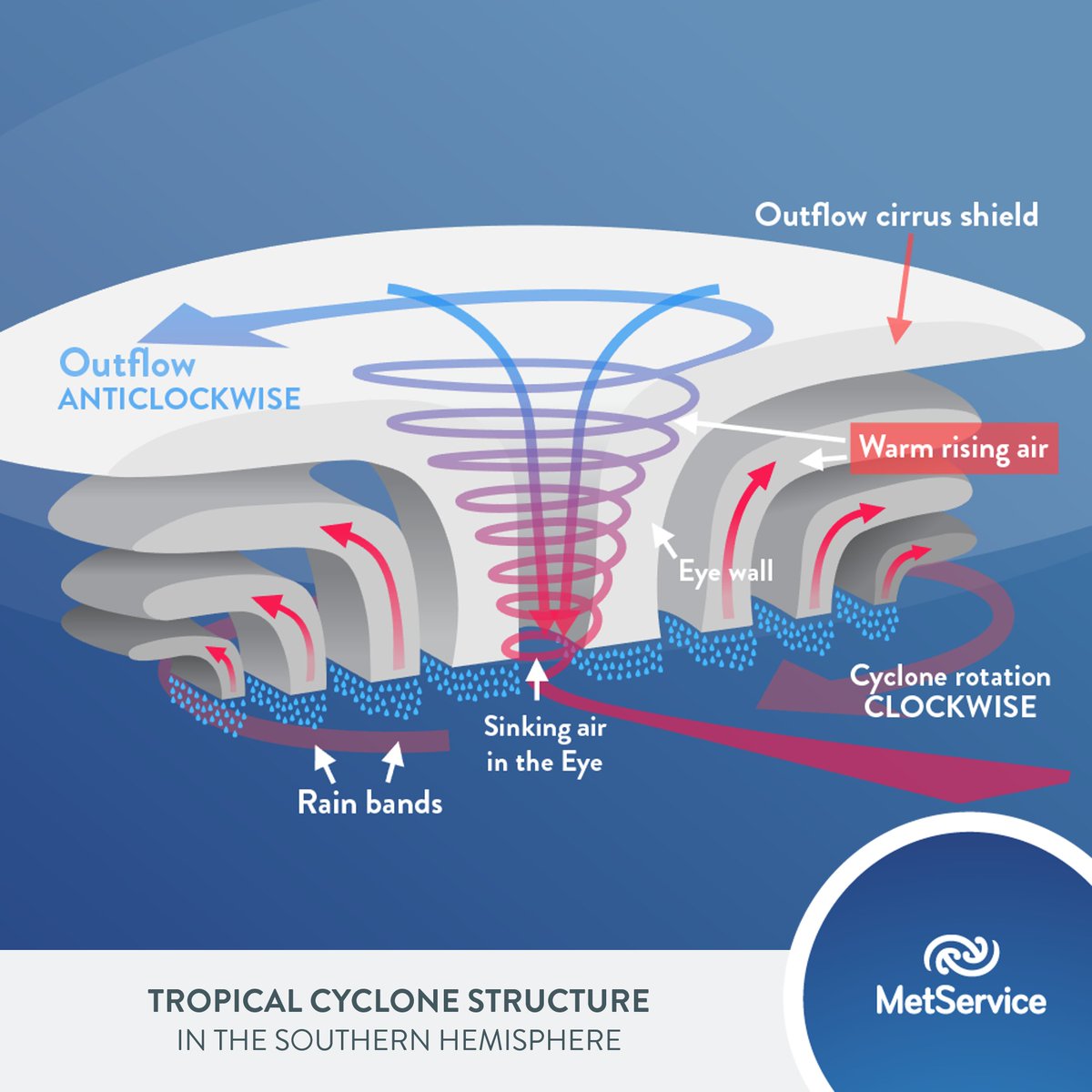
Schema Electrique Typhoon Bois Eco Concept Fr My XXX Hot Girl
Earth Science for Kids Weather - Hurricanes (Tropical Cyclones) What is a hurricane? A hurricane is a large rotating storm with high speed winds that forms over warm waters in tropical areas. Hurricanes have sustained winds of at least 74 miles per hour and an area of low air pressure in the center called the eye. Different Names for Hurricanes
A simple way to predict tropical cyclones und EurekAlert!
Definition of a tropical cyclone. Tropical cyclones are low pressure systems that form over warm tropical waters. They typically form when: atmospheric conditions are favourable, and. the sea surface temperature is above 26.5 °C. Tropical cyclones can continue for many days, even weeks.
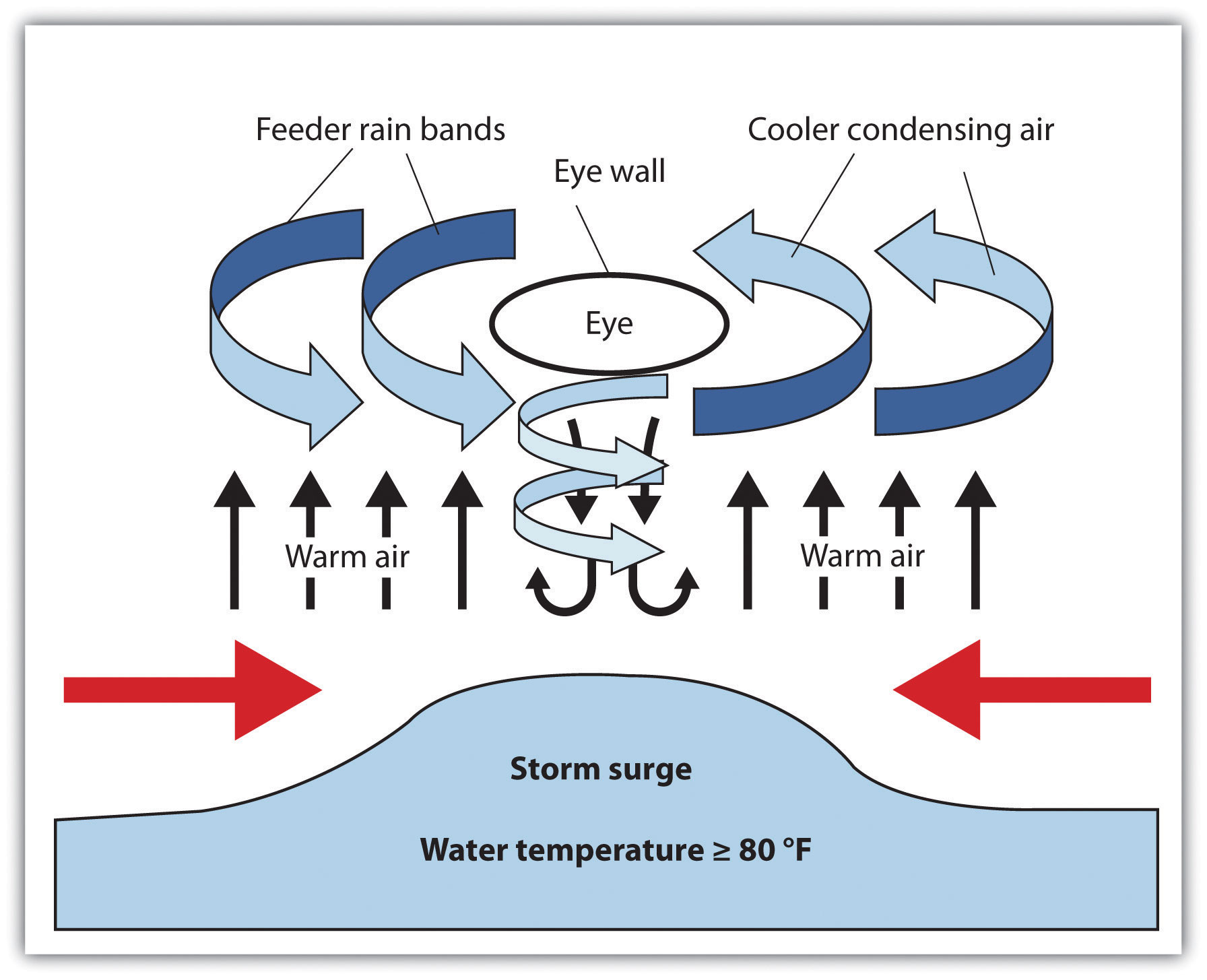
Tropical Cyclones (Hurricanes)
Access lesson resources for this video + more high school geography videos for free on ClickView https://clickv.ie/w/7aAw#cyclones #hurricanes #typhoons #g.

Explained ‘NISARGA’ And Everything You Need To Know About Tropical Cyclones
A tropical cyclone is a circular storm that forms over warm oceans . When a tropical cyclone hits land, it brings heavy rains and strong winds . The winds can destroy buildings and rip out trees by their roots.
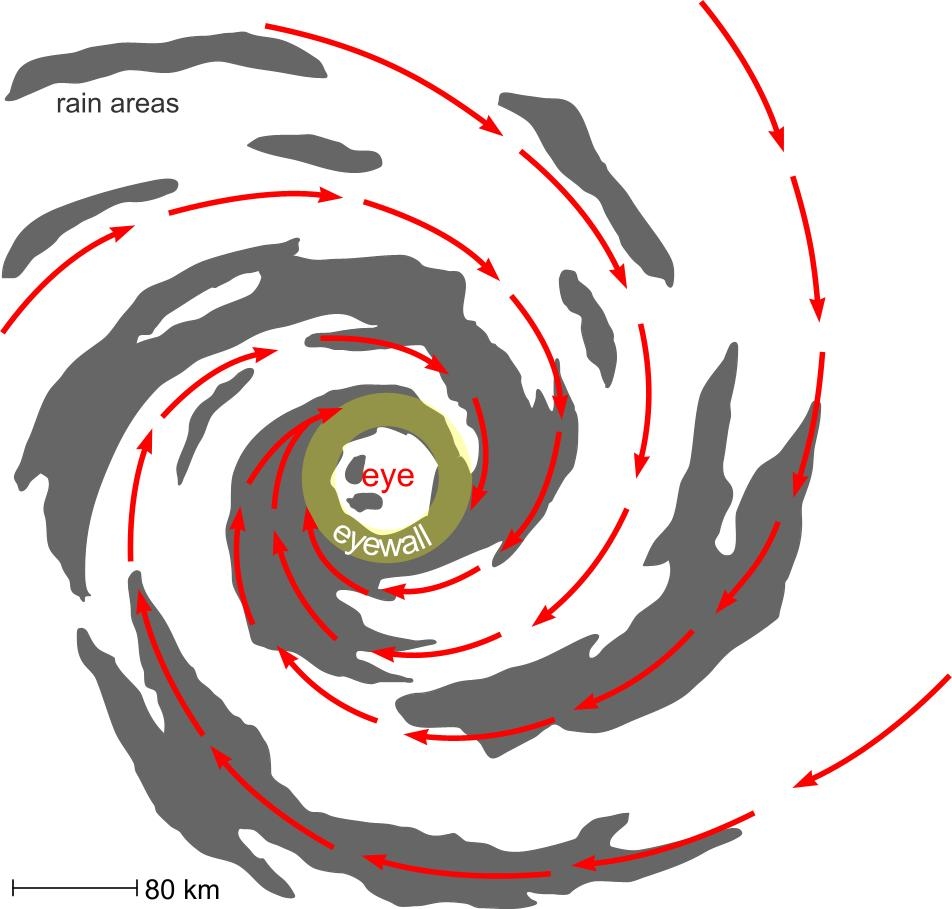
Tropical Cyclone YASI MetService Blog
¡Precios increíbles y alta calidad aquí en Temu. Envío gratuito en todos los pedidos. ¡Solo hoy, disfruta de todas las categorías hasta un 90% de descuento en tu compra.